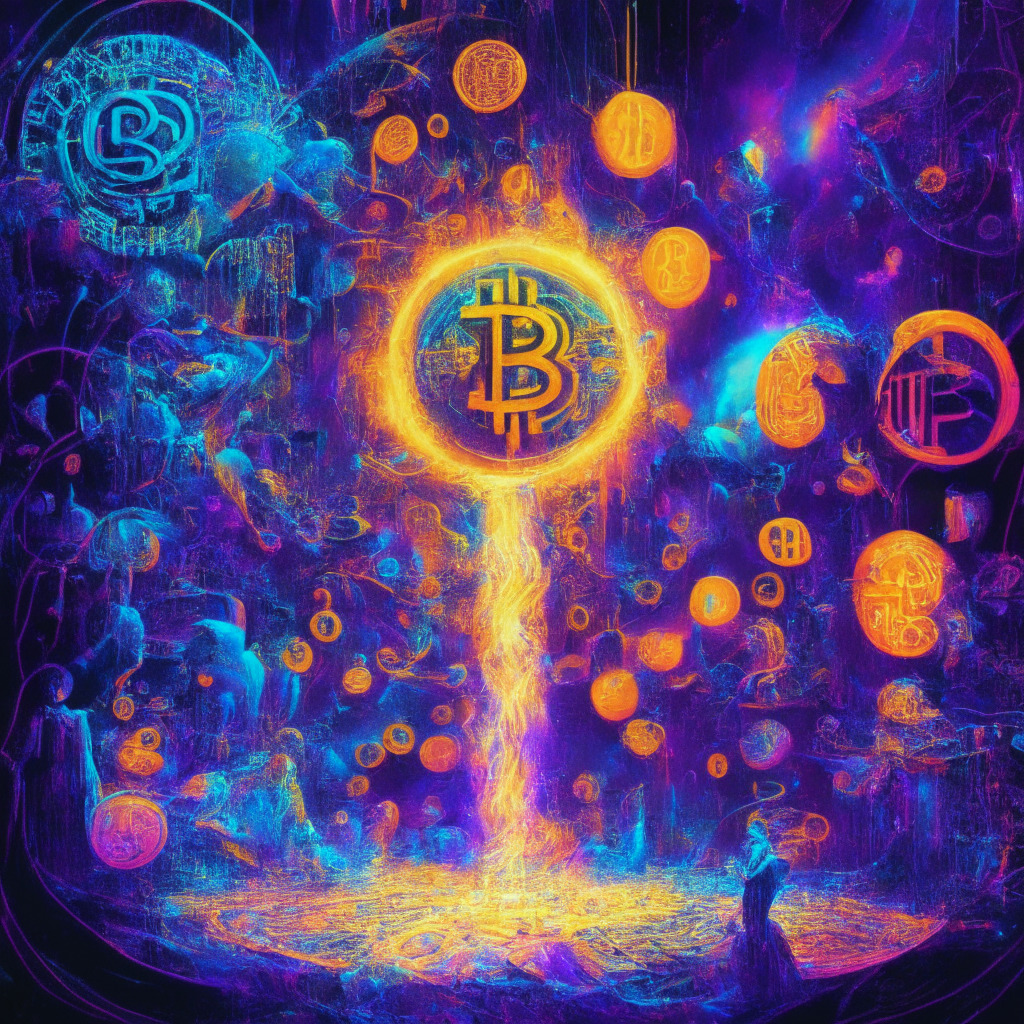The astronomical rise in network fees associated with the minting of Bitcoin Ordinals has generated a significant buzz among industry insiders and crypto enthusiasts alike. A recent Dune Analytics report carried out by @dgtl_assets revealed that the total network fees paid for Bitcoin Ordinal minting reached a staggering 1,414 BTC or $38.2 million on May 20. This represents an incredible increase of 700% from April 20 and a jaw-dropping 831% from April 1.
An interesting aspect of this trend worth noting is that despite the apparent enthusiasm for Bitcoin NFTs, the majority of users have transitioned from image-based inscriptions to text-based inscriptions since April. Ordinals, a numbering system developed by cross-chain wallet BitKeep, assigns a unique number to each Satoshi, allowing for seamless tracking and transfer on the blockchain. When coupled with the Inscription process, which adds an additional layer of data to each Satoshi, users have the ability to mint one-of-a-kind digital assets using Bitcoin.
However, not all is rosy in the world of Bitcoin Ordinals. While traditional NFTs are constructed using smart contracts and are typically hosted on platforms like IPFS, developers at BitKeep have revealed that Ordinals reside entirely on the Bitcoin blockchain without the need for a sidechain or separate token. This novel approach comes with its own set of challenges and limitations.
The implementation of the Bitcoin Ordinal theory framework by Web 3.0 developer Rodarmor in January 2023, and the subsequent introduction of the BRC-20 Bitcoin token standard by fellow Web 3.0 developer Domo in March 2023, have undoubtedly fueled the impressive surge in minted Ordinals—currently over 8 million—and the creation of 24,677 BRC-20 tokens. With a combined market cap of $612.5 million, the popularity of Bitcoin Ordinals cannot be denied.
Cryptocurrency exchange OKX’s recent decision to list the ORDI BRC-20 token, which boasts a market cap north of $300 million, further highlights the growing interest in Bitcoin Ordinals. However, some experts are casting a skeptical eye on the direction Bitcoin is taking, arguing that this move may transform it into a less efficient variant of Ethereum.
As the push and pull between the potential for innovation and concerns over the evolution of the Bitcoin landscape continues, crypto enthusiasts and industry insiders alike would do well to keep a watchful eye on the unfolding debate over Bitcoin Ordinals and their long-term impact on the blockchain ecosystem. It remains to be seen whether a happy medium can be struck, effectively marrying the exciting potential of new technology with a more effective underlying architecture for Bitcoin.
Source: Cointelegraph




